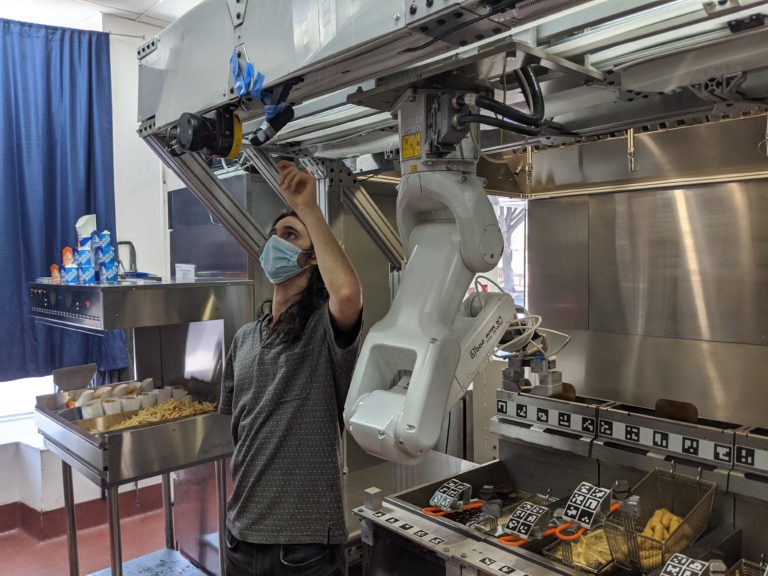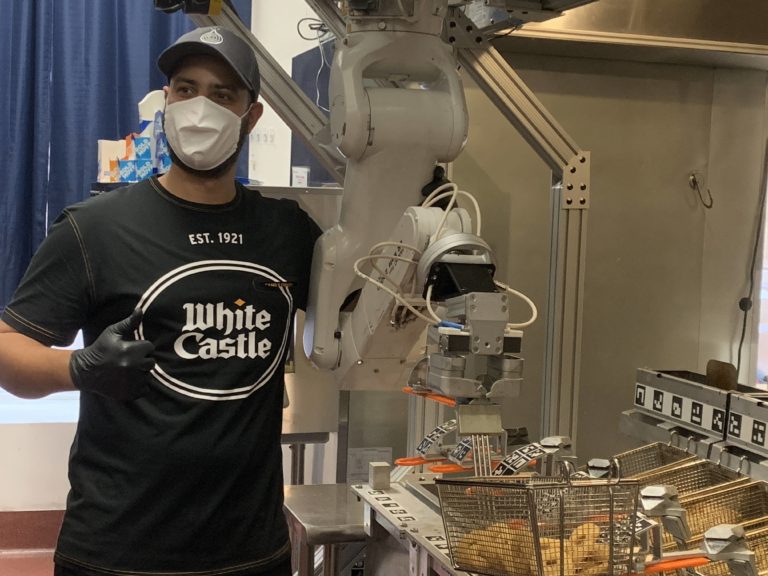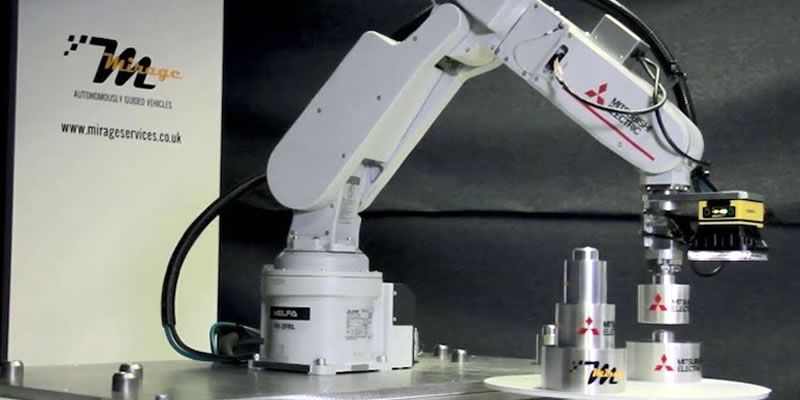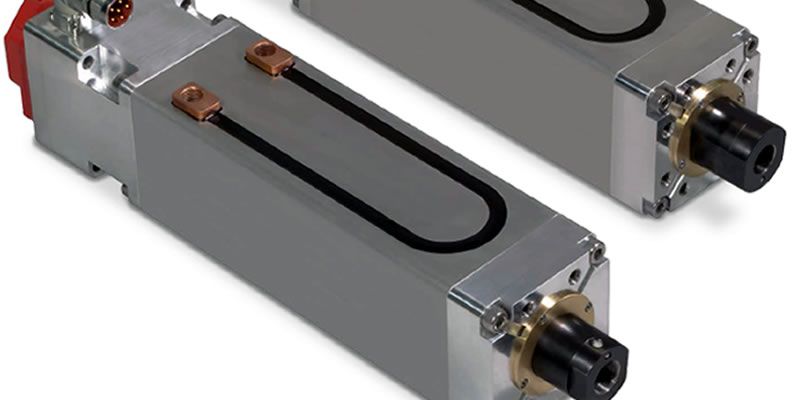Flippy Robot on a Rail now available from Miso Robotics for commercial kitchens
Posted on 10/09/2020
Fast-food and fast-casual restaurants have had a strong interest in applying robots to address efficiency, product safety, and labor shortages. The COVID-19 pandemic and resulting demand for online order fulfillment and social distancing have only heightened that interest. Today, Miso Robotics Inc. announced a pilot with hamburger chain White Castle to test its Flippy Robot-on-a-Rail system.
Founded in 1921, White Castle claims to be the first fast-food restaurant. The Columbus, Ohio-based company owns and operates more than 365 restaurants around the U.S. and the world. White Castle owns and operates its own meat-processing plants, bakeries, and frozen-food processing plants. The company also offers its meals for pickup or delivery with partners.
Pasadena, Calf.-based Miso Robotics said it uses artificial intelligence to help prepare food consistently and enable restaurants to increase labor productivity, reduce costs, and drive profitability while improving the overall dining experience. Miso has been testing its Flippy Robot-on-a-Rail (ROAR) at several locations, and it recently opened an equity crowdfunding campaign. The company has also partnered with PathSpot Technologies Inc. to integrate PathSpot’s hand-scanning technology for cleanliness during the novel coronavirus pandemic.
“We’ve already proven the value proposition for robotics in kitchens, but since the pandemic, the value.has increased exponentially, as has the inbound demand from large, brand-name quick-serve restaurants,” said Buck Jordan, co-founder and CEO of Miso Robotics. “In February, everyone retrenched, but in March and April, our phone started ringing off the hook.”

Robot on a Rail stays out of workers’ way
“”We’re working to bring automation to the masses,” Jordan told The Robot Report. “What really differentiates us from our competitors is that most other people are taking mechanical approaches, whereas we’re taking a flexible robotic arm approach.”
“With our overhead rail system, we’ve enabled our machine to get out of aisleways, [which are] highly engineered spaces,” he explained. “Flippy can dip the fries, move over, flip the burger, and maybe during downtime do some prep work.”
“Workers don’t need to be crammed in, and there are some barriers and safety sensors,” noted Jordan. “The watchwords for quick-serve restaurants are higher quality, higher consistency, and faster speed of service, and we knock all of those out of the park.”
“This has to be designed for entry-level workers — you don’t need to be a computer engineer to operate this,” he added. “No robot arm on the planet today is a food-safe arm. Miso is adept at modifying industrial robot arms for the quick-serve restaurant industry, and in fact, we will be building our own at some point.”

Data and future deployments
Miso Robotics said that the Flippy uses sensors and intelligent monitoring to keep food temperatures consistent, ensuring product quality and an optimal customer experience.
“The data is where it gets really interesting,” said Jordan. “One of our customers gave us a good quote: ‘Our data stops at the walk-freezer, and we pick it up again at the POS [point of sale], and we don’t really know what happens in between.’ Now there’s the potential for perfect data in the back of house. What do you do with that? It could be pretty interesting.”
“We not only have a robotic solution, but we also have a software and computer vision-only solution, where we can essentially know what’s going on in the workspace,” he added. “We know the burger line is backed up five minutes, so we can tell Flippy, ‘Don’t drop the fries,’ so they don’t have to wait under a heat lamp. This problem is acute with delivery. … Every second is diminishing quality of product, so it’s really important to get it just so.”
With Flippy automating repetitive, time-consuming, and dangerous tasks like frying, team members can be redeployed to higher-value tasks such as customer engagement, Miso said. The company plans to get the cost down from $30,000 to $20,000 or less per robot for 100 restaurants or even less with a robotics-as-a-service (RaaS) model, according to Jordan.
Author: The Robot Report Staff
Source: https://www.therobotreport.com/flippy-robot-on-a-rail-now-available-from-miso-for-commercial-kitchens/


